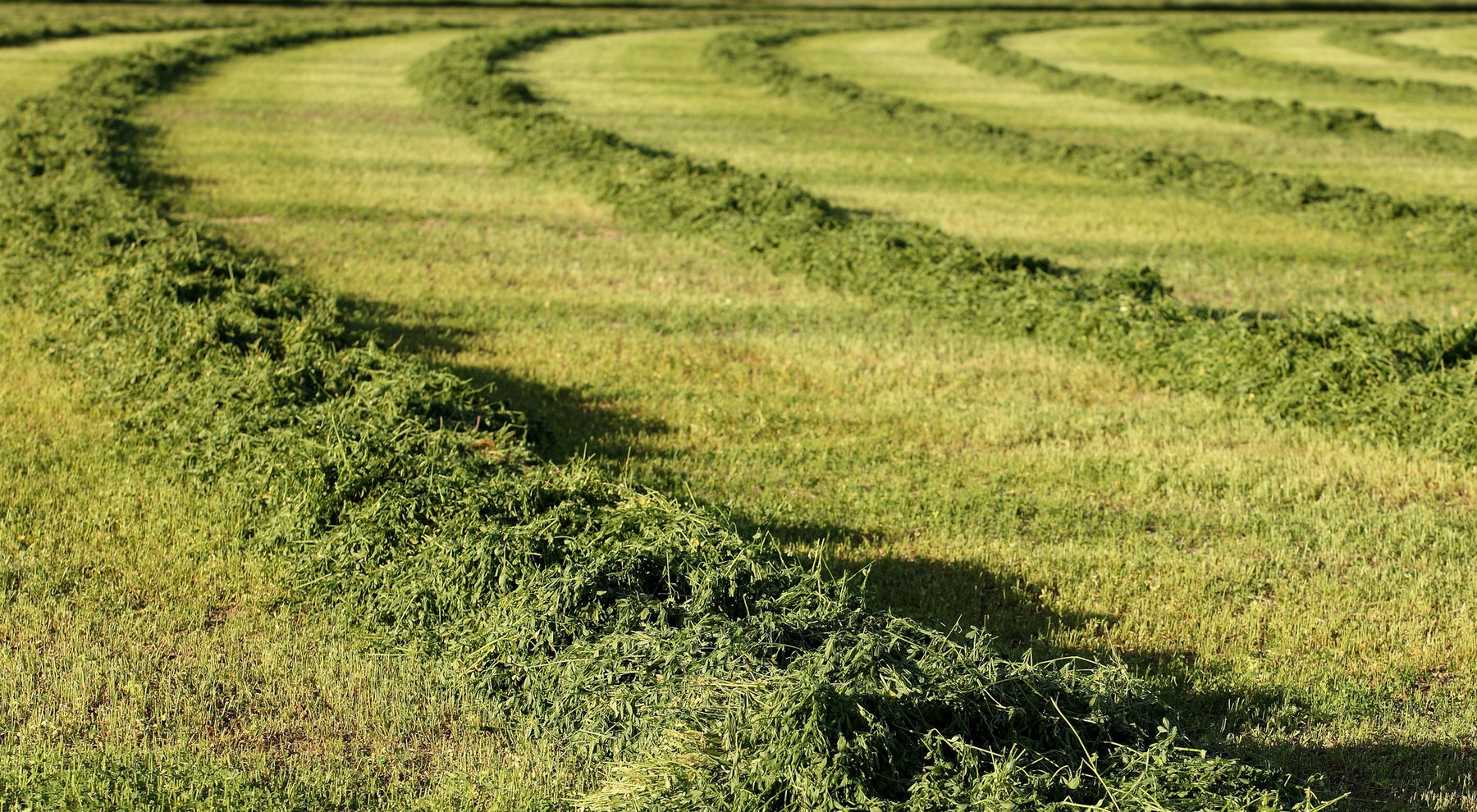The headline in a March 2018 story in the Western Farm Press reads “The alfalfa industry wants more favorable farm policy for its forage crop.”
It argues that alfalfa doesn’t get the support and respect it deserves, given that by value, it is the number three field crop grown in the U.S., behind corn and soybeans, but $1.2 billion in sales ahead of wheat.
It’s also a high-value crop per acre harvested — producing more value off around 17 million acres than the ~50 million acres planted to wheat.
Around $2 million in alfalfa research grants were awarded in 2017 from USDA’s National Institute of Food and Agriculture, a small fraction of corn, soybean, cotton, or wheat research.
The industry also points out the huge contribution alfalfa makes in sequestering carbon, naturally affixing nitrogen, and building soil health. Given these many benefits, one industry leader quoted in the Western Farm Press story argues “it’s time this little rascal gets recognized.”
The story does not go into detail on the many ways federal farm commodity programs are biased against hay crops, including alfalfa, nor the need for crop insurance and conservation programs to proactively reward expansion of alfalfa acreage, especially in the Midwest.
Across the Midwest, corn and soybean farmers are now confronting multiple, glyphosate-resistant weeds. The costs of GMO seeds, plus the herbicides that go along with them, have gone through the roof the last few years, in the same time period when crop prices and herbicide efficacy have both fallen precipitously. Farmers are facing some of the most intense financial pressures since the farm-income crisis in 1983.
The new technology being planted and sprayed this spring to address weed resistance challenges in the Midwest is all grounded in the notion that spraying more herbicide is the solution to problems caused by already-excessive reliance on herbicides, coupled with far too little attention to other tools and tactics to manage weeds.
The day will come when the costs, failures, and frustration of the “just spray more” approach to weed management in the Midwest will break the lock that the seed-biotech-pesticide industry now has on farm managers.
When and as that day comes, acreage planted to alfalfa in the Midwest will begin to climb, because two years of non-GE alfalfa in a C-S-A-A (4 year cycle – corn – soy – alfalfa – alfalfa) rotation are just what the doctor ordered to address resistant-weed headaches, while also improving soil health, sequestering carbon, and diversifying sources of farm income.
Two huge constraints must be overcome.

First, farm operations in the Midwest are beyond stretched in their capacity to cover the ground they are managing with the people, machines, and technologies accessible to them.
They know diversifying will require some different equipment, and make it harder for them to fully utilize their current (usually very expensive) equipment. As they diversify, they also know there will be new challenges and tasks that, for the most part, they do not have the people or expertise to tackle. They just cannot see their way through the transition to a more diversified system.
Instead, most double-down on what they have done the last few decades — they try to cover more ground with the same people, by further simplifying their management systems, investing in bigger equipment, and sometimes, spending more on support from off the farm (custom application of fertilizer, custom spraying).
This strategy has worked for many farms, but inevitably drives up costs per bushel, increases financial risk, intensifies pest pressure and pest management costs, and often, degrades soil quality.
Eventually, per ace production and crop receipts do not cover costs. “Eventually” is far too close for comfort on a majority of corn-soybean farms as fields are planted in 2018.
So, constraint #1 is people, and especially people with experience and skills in diversified cropping patterns, who know forage production systems and technology.
Constraint #2 is markets. The increase in alfalfa production needed to heal what ails Midwestern row-crop agriculture would flood 10-times over current, regional demand for alfalfa hay and green chop. There has to be a major new market, and new ways to get fresh-cut alfalfa to livestock farmers who need it, and can afford to pay enough for it to support alfalfa’s new value chains.
This brings us to the policy arena.
As a practical matter, whether you see corn-based ethanol as a good or bad thing, the era of huge subsidies for corn-based ethanol is coming to an end, and energy market economics will force an incremental shrinking of the industry. Mothballing an ethanol plant will impose costs of many kinds, for many years, on the communities now dependent on them. No one wants to see new-era ghost towns spring up across the region. A far better option would be to find an alternative use for them.
Alfalfa to the rescue. Dried alfalfa pellets are compatible with the nutritional needs of essentially all livestock, are easy to store, handle, and ship, and are in demand worldwide.
I spent a few days driving around Iowa recently, and saw at least six ethanol plants. Imagine the possibilities if four of them are producing alfalfa pellets 15 years down the road?
 Source:
Source:
Western Farm Press, “Alfalfa lags in farm policy decisions, says NAFA leader,” March 27, 2018

